Immunology/Inflammation
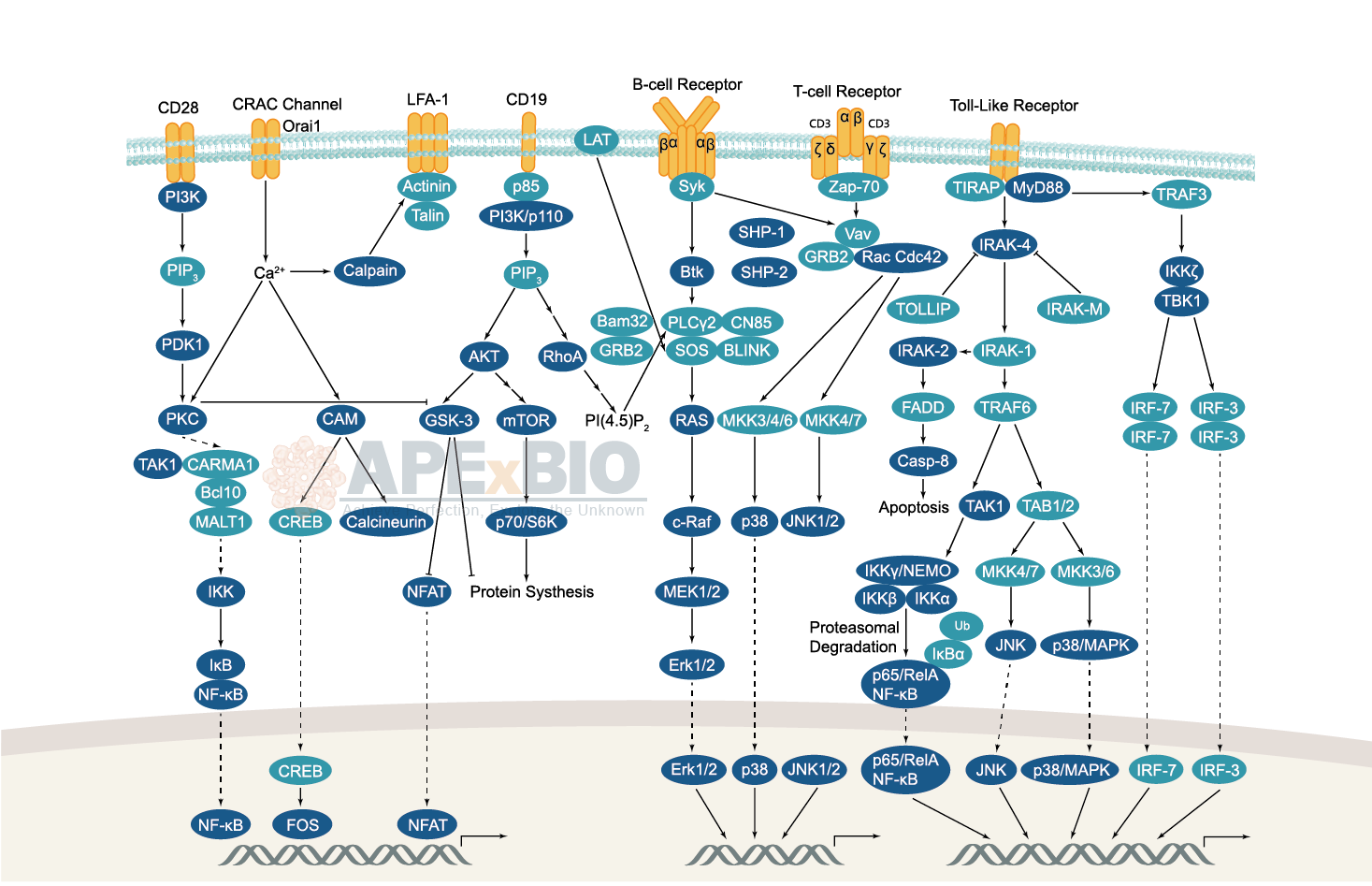
The adaptive immune system consists of B and T lymphocytes which mediate humoral immunity (e.g. antibody response) and cell-mediated immunity, respectively. B cell receptor and T cell receptor signaling is responsible for activation of Src family tyrosine kinases, such as Blk, Fyn, and Lyn in B cells and Fyn and Lck in T cells, resulting phosphorylation of the receptor-associated ITAM motifs. Phosphorylated ITAMs serve as the docking sites for Syk family tyrosine kinases, e.g. Syk in B cells and Zap-70 in T cells. Activated Syk kinases then propagate the signals via phosphorylation of downstream proteins. Furthermore, lymphocyte receptor signaling facilitates B and T cell development, differentiation, proliferation and survival.
-
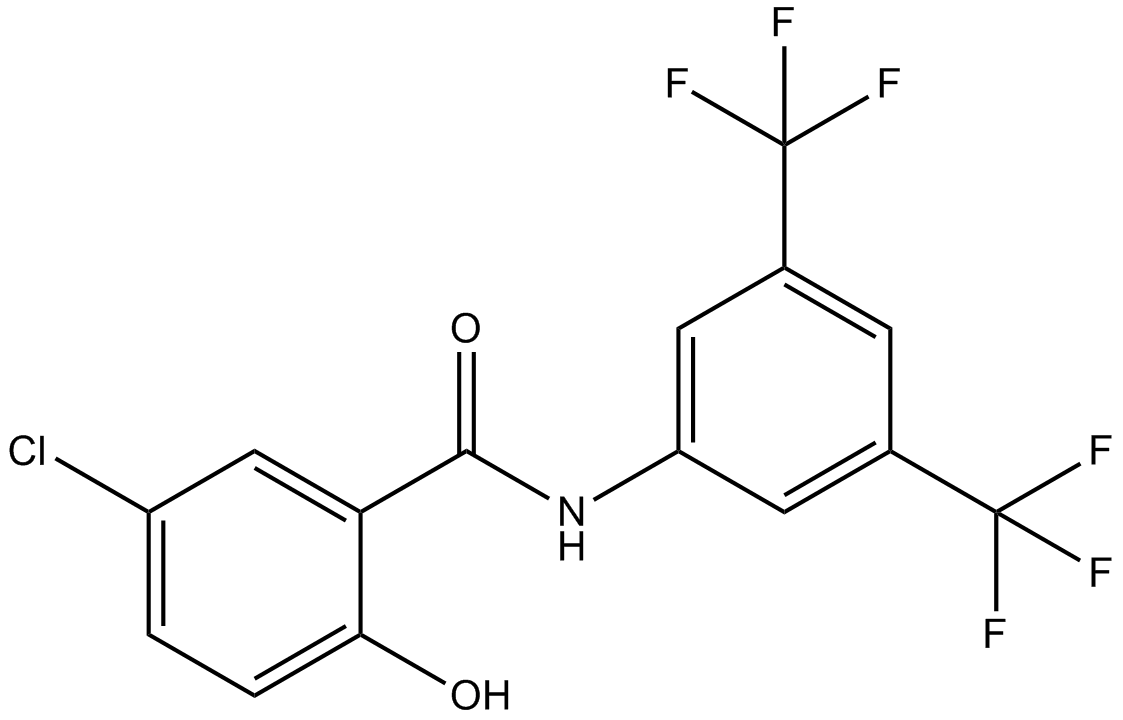 B1587 IMD 03541 CitationSummary: IKKβ inhibitor
B1587 IMD 03541 CitationSummary: IKKβ inhibitor -
 B1646 ML130 (Nodinitib-1)Target: NOD1Summary: Potent and selective inhibitor of NOD1
B1646 ML130 (Nodinitib-1)Target: NOD1Summary: Potent and selective inhibitor of NOD1 -
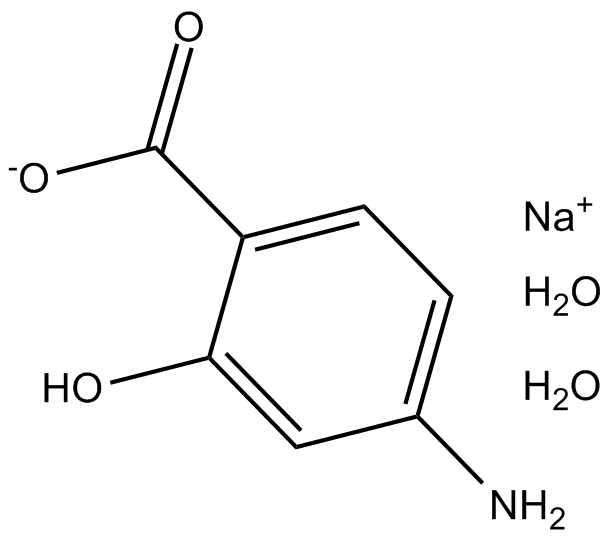 B1643 Sodium 4-AminosalicylateSummary: NF-κB inhibitor
B1643 Sodium 4-AminosalicylateSummary: NF-κB inhibitor -
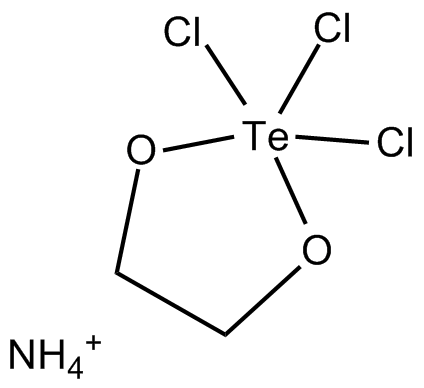 B7830 AS 101Summary: Immunomodulator
B7830 AS 101Summary: Immunomodulator -
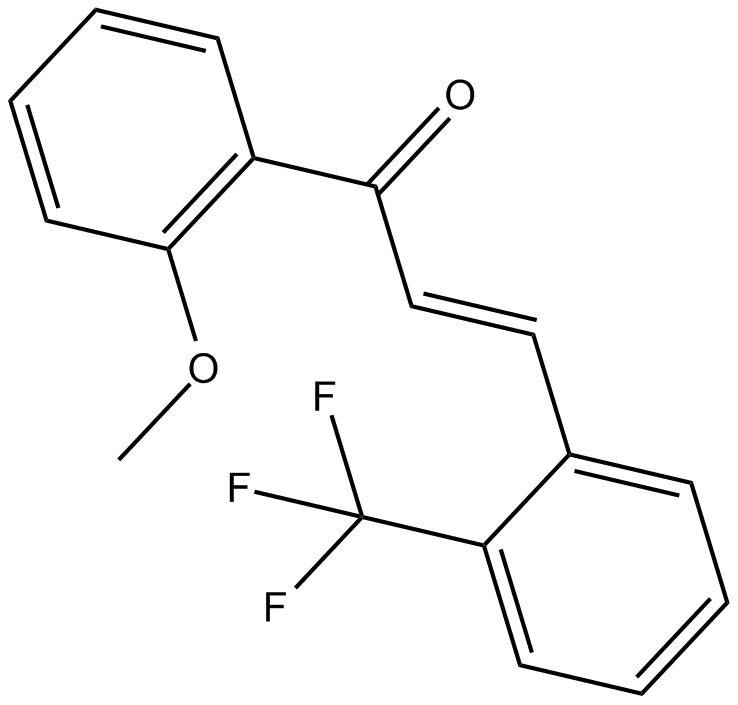 C3283 2-Trifluoromethyl-2'-methoxychalconeSummary: Nrf2 activator
C3283 2-Trifluoromethyl-2'-methoxychalconeSummary: Nrf2 activator -
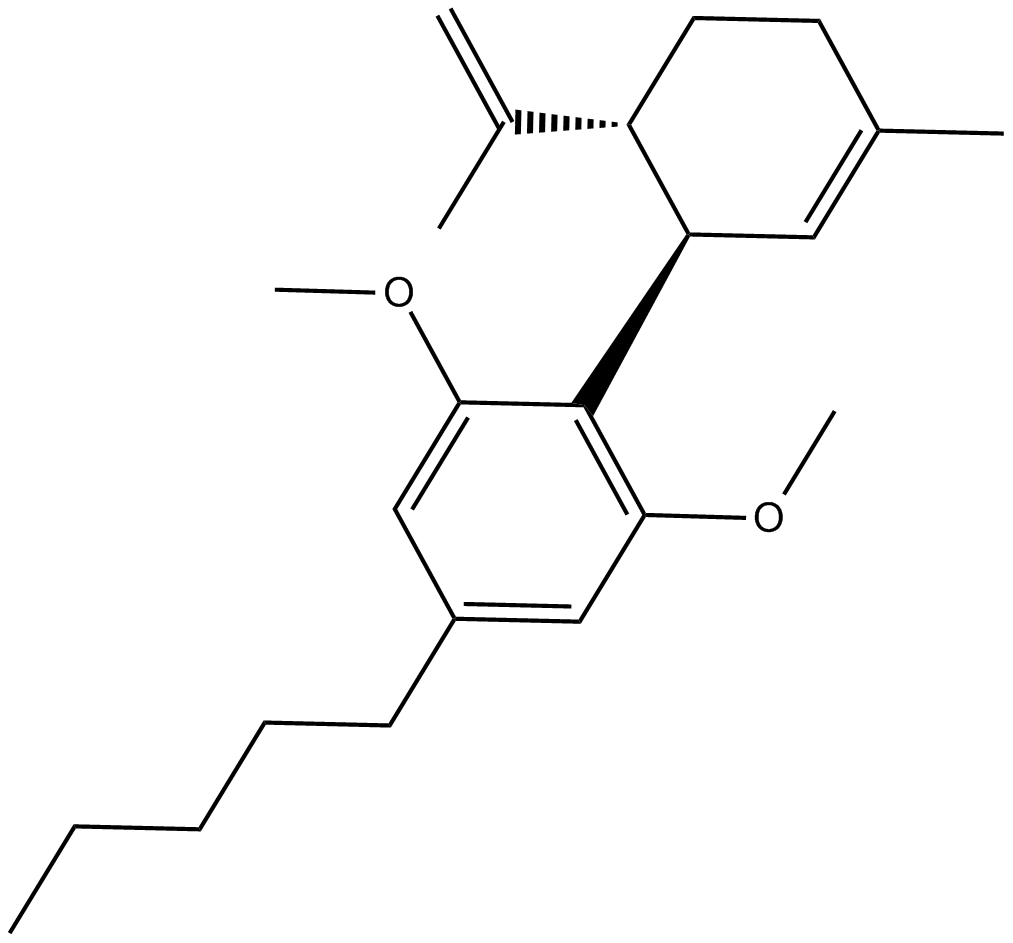 C3420 Cannabidiol dimethyl etherSummary: 15-lipoxygenase inhibitor
C3420 Cannabidiol dimethyl etherSummary: 15-lipoxygenase inhibitor -
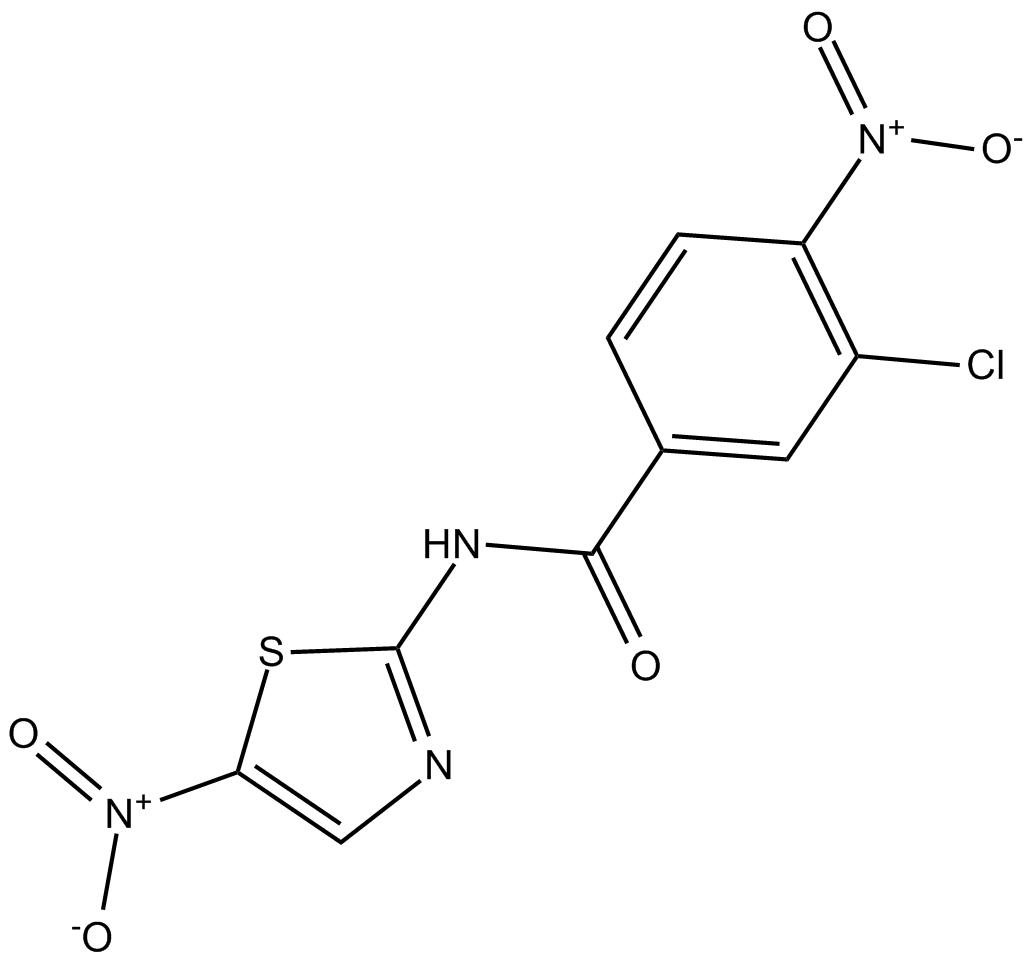 C3559 NF-κB Activation Inhibitor IIISummary: NF-κB inhibitor
C3559 NF-κB Activation Inhibitor IIISummary: NF-κB inhibitor -
 C4050 6α-methyl-11β-HydroxyprogesteroneSummary: corticosteroid and anti-inflammatory
C4050 6α-methyl-11β-HydroxyprogesteroneSummary: corticosteroid and anti-inflammatory -
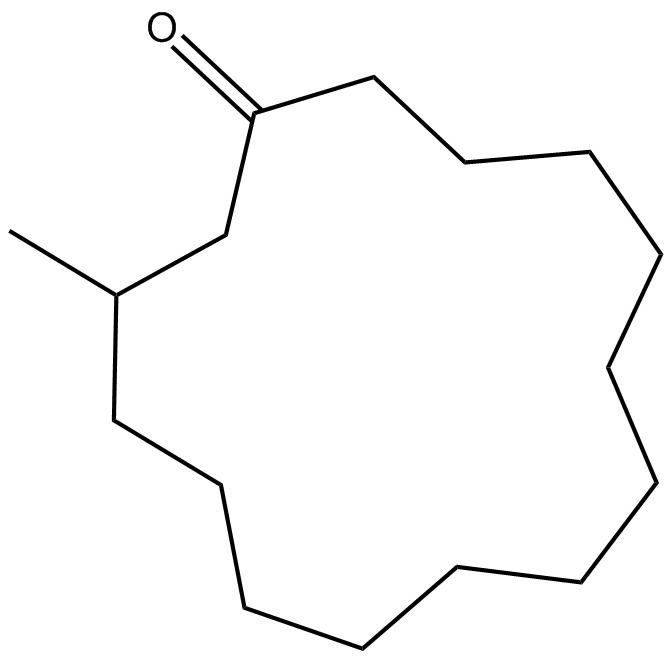 C3973 MusconeSummary: anti-inflammatory effects
C3973 MusconeSummary: anti-inflammatory effects -
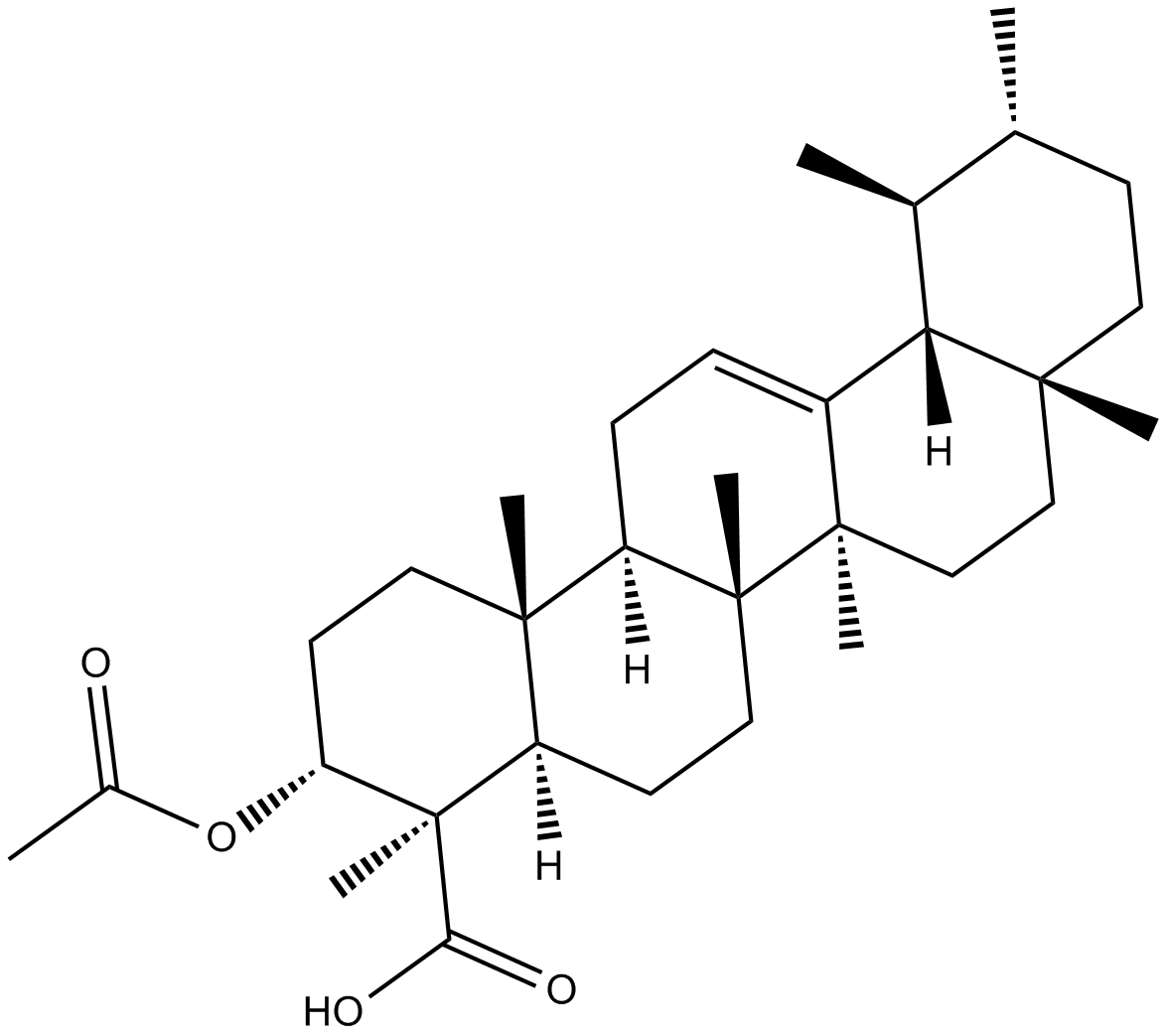 C4123 β-acetyl-Boswellic AcidSummary: non-reducing inhibitor of 5-lipoxygenase (5-LO)
C4123 β-acetyl-Boswellic AcidSummary: non-reducing inhibitor of 5-lipoxygenase (5-LO)

